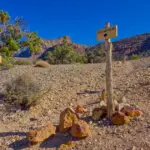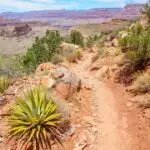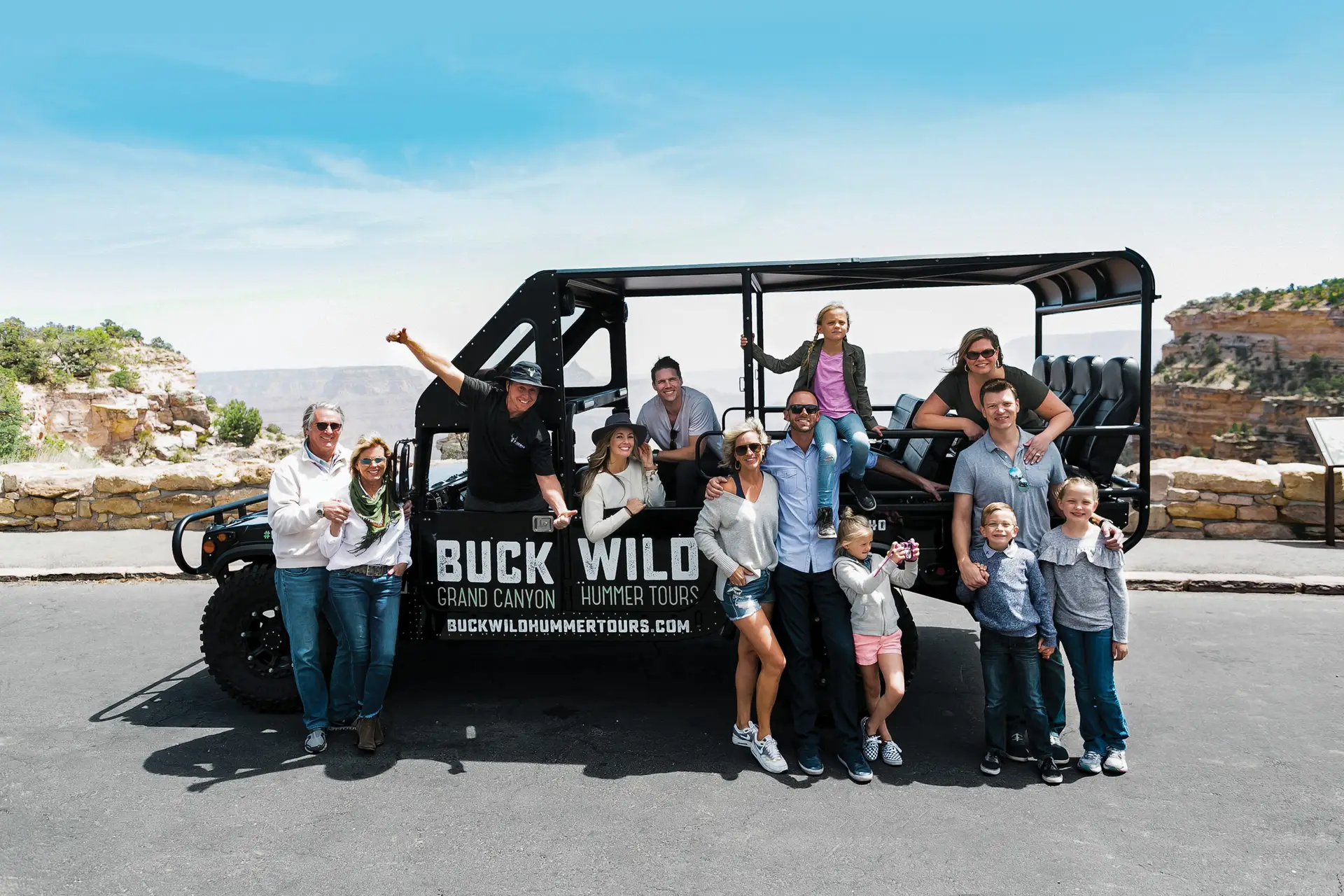As someone who has often found himself inexplicably drawn to the path less traveled (and, more often than not, less paved), the allure of the Grandview Trail at the Grand Canyon was irresistible.
It promised a journey not just across rugged terrain, but through a tapestry of history stitched by nature and humankind alike. The Grandview Trail is not for the faint of heart, or, for that matter, the faint of leg. This is a path that demands respect, with its steep descents and a trail surface that seems to have been designed by someone with a rather sadistic sense of humor.
- Loose rocks? Check.
- Narrow paths? Check.
- A rapid elevation change that leaves your legs feeling like overcooked spaghetti? Double check.
But oh, the rewards for those who dare! The trail, developed in the late 19th century for the rather ambitious purpose of mining copper, winds its way down to the historical wonderland of Horseshoe Mesa.
Here, amidst the remnants of the Last Chance Mine, you can ponder the toils of those who sought their fortune far from any notion of convenience. And let’s be honest, if there was ever a convenience store in these parts, it would have sold nothing but disappointment and sore feet.
The descent of about 2,500 feet over a mere three miles to Horseshoe Mesa is not something you’d want to narrate to your knees beforehand, for fear of rebellion. For the brave souls venturing further to the Colorado River, prepare for an additional trek into the canyon’s depths. It’s a route that makes you question not only your life choices but also the very existence of flat land.
The flora and fauna along the trail are as varied as the rocks underfoot. From piñon and juniper trees that seem to mock your slow pace with their stoic stillness, to the cacti and agave in the inner canyon that stand as silent, spiky sentinels of the desert.
The wildlife, I am told, is plentiful, though it seemed to have respectfully decided to stay out of my way. Let’s talk about water, or rather, the lack of it. Hikers must bring their own, which adds a delightful extra weight to your already overburdened shoulders.
This trail is no place for a casual stroll with a mere bottle of mineral water tucked in your backpack. Think more along the lines of a small, personal reservoir.
For those considering an overnight stay, Horseshoe Mesa offers camping options, albeit with a necessary permit. It’s like booking a room with a view, if the room was a tent and the view was a vast, unforgiving chasm. The trail is accessible year-round, though ‘accessible’ is a term I use loosely. Summer brings scorching heat, turning the hike into a sort of survival reality show, minus the camera crew. Winter, on the other hand, can cover the trail in snow and ice, making it as slippery as a politician’s promise.
The views, however, are what truly set the Grandview Trail apart. Panoramic vistas of the Grand Canyon unfold before you, a visual feast of geological history and natural splendor. At various points, you can gaze upon the Colorado River, the Inner Gorge, and a multitude of rock formations that make you wonder if Mother Nature had a brief stint as an abstract artist. For the intrepid (or perhaps just stubborn) explorers, the Cave of the Domes near Horseshoe Mesa offers the only spelunking opportunity in the park. It’s a chance to add ‘underground adventurer’ to your hiking resume, provided you’re equipped for the task. In conclusion, the Grandview Trail is a hiker’s challenge and a historian’s delight.
It’s a physical and mental test, a journey through time, and a reminder of our transient place in the grand scheme of nature. It’s the kind of trail that, upon completion, leaves you with a sense of accomplishment, a few aches, and perhaps the sneaking suspicion that flat, paved paths aren’t so bad after all.
Be sure to check out our podcasts and videos on our Youtube Channel.


























